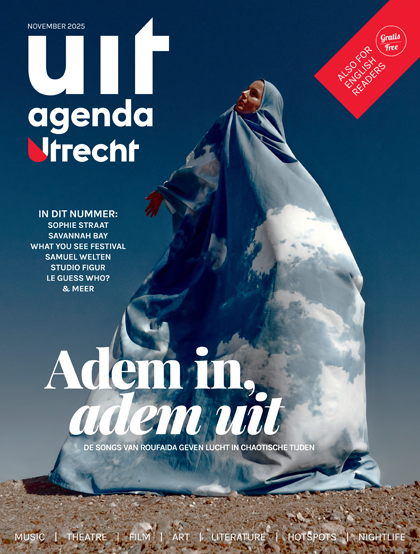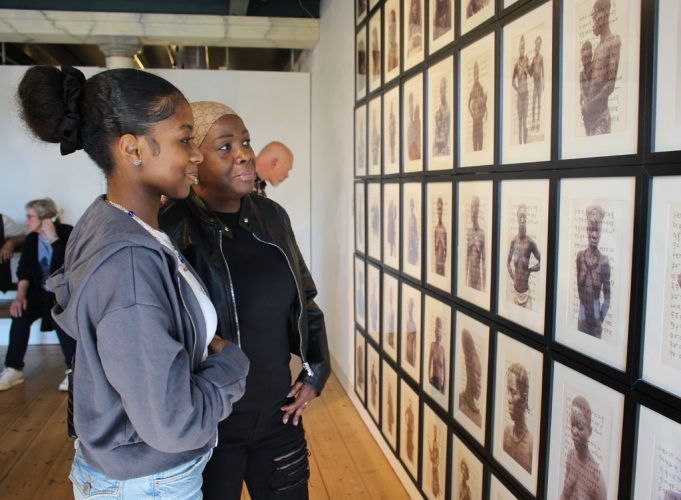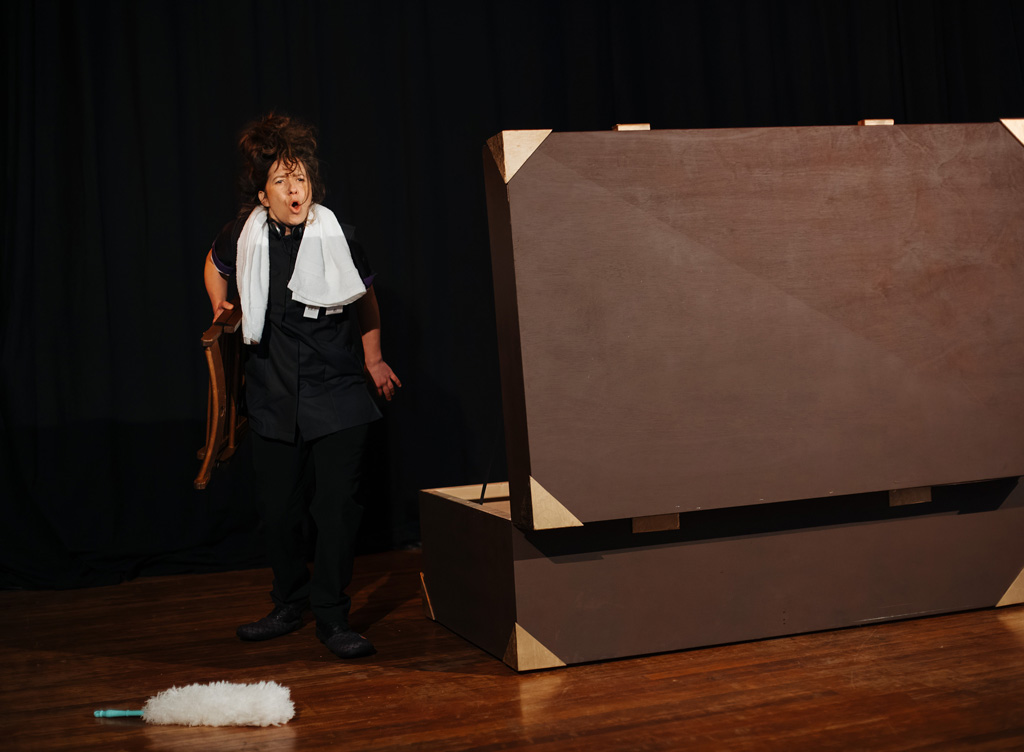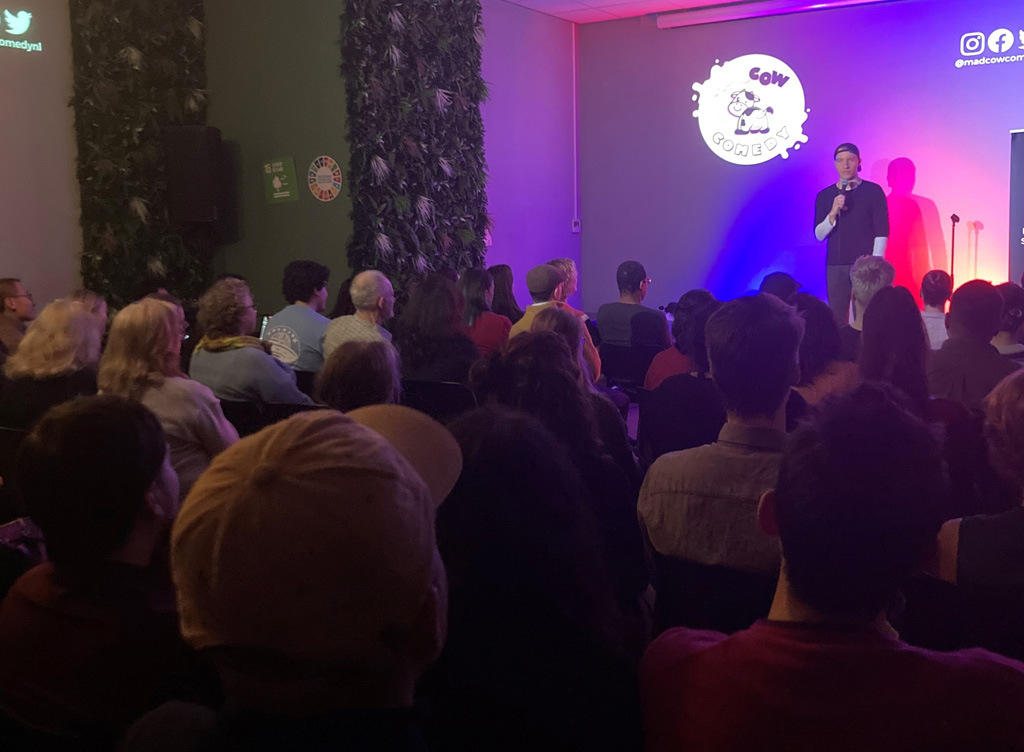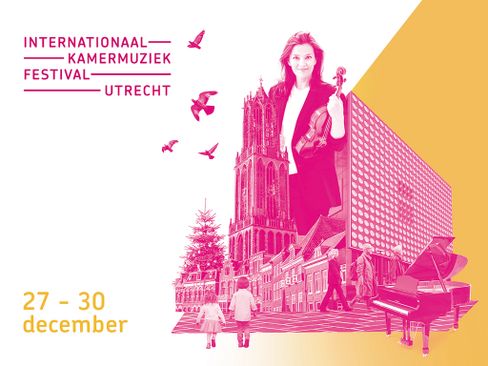Museum Vianen is currently exhibiting work by the Utrecht artist Isan Corinde and the Surinamese artist Marcel Pinas. Inspired by their Surinamese Maroon background, they offer an in-depth reflection on the slavery past.
The smell of old stones and polished wooden benches merges with the excitement of the crowd that has come to witness the opening in the Grote Kerk in Vianen. Sunbeams dance through the tall stained windows, creating soft shadows on the stage. The music and dance troupe Kula Skoro welcomes the audience with stories and dance styles from Maroon culture. Maroons are descended from enslaved Africans who fled the plantations, heading for the remote hinterland. Their history is one of struggle and survival, and of retaining African traditions and creating new cultural traditions and language, such as Ndyuka.
Begging letter
The history of slavery is woven into the history of Vianen. In a letter dating back to 1795, a freed black woman, Dédé, wrote to her former master Engelbert Kelderman who lived in Vianen, begging him for support. The letter was never delivered. The story inspired Lianne Damen to write the book De smeekbede, and forms the basis of this exhibition. Work by the artists Isan and Marcel invite viewers not only to look, but to feel and reflect upon what they see. How do you process the history of slavery so that it no longer shapes your present?
After speeches made by the former Minister of Education, Culture and Science Robbert Dijkgraaf, and artistic curator of the Stedelijk Museum Vianen Werner van den Belt, visitors were free to wander around the exhibition. There’s a musty, penetrating smell on the stairs to the first floor and the room feels stuffy. ‘Can you smell that?’ Marcel asks. ‘That smell is designed to evoke the feeling of being in the bottom of a slave ship.’
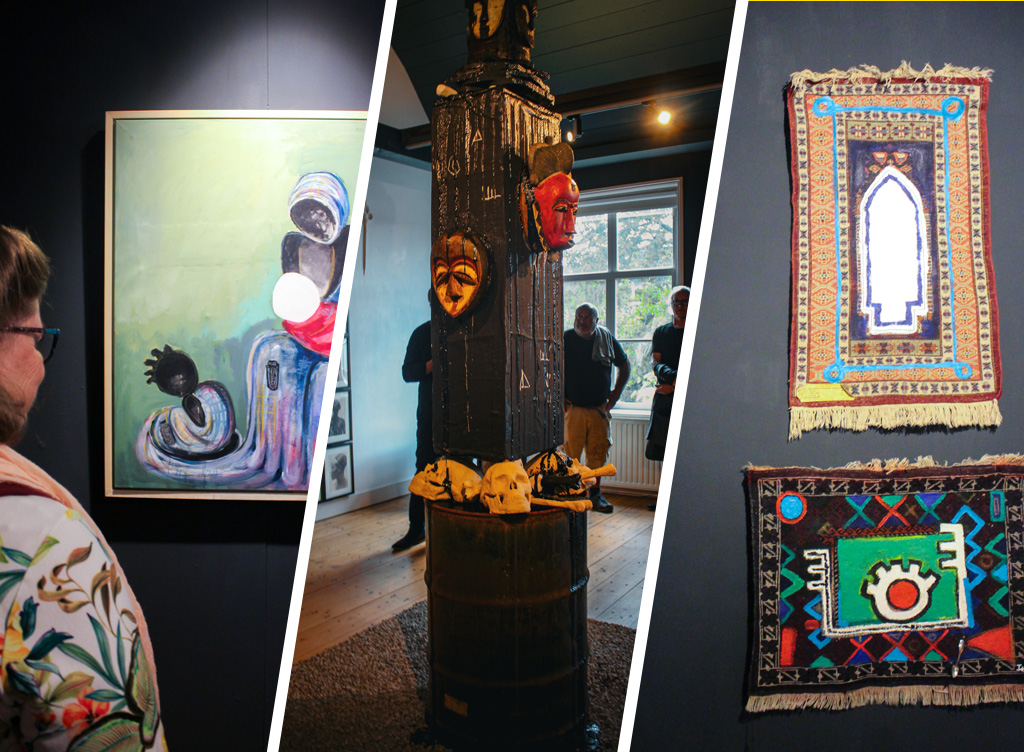
Grandma’s tales
Isan was inspired by his childhood, the tales told by his grandma and the colours of pangi fabrics, long, rectangular pieces of cloth used to make clothing in the Maroon culture. In one painting , a black woman is shown breast-feeding a white baby. Isan: ‘My grandma used to tell me stories about the slavery past, but I thought she was making it up. She told me that women of colour were forced to breast-feed white infants, for example, leaving nothing for their own children. Now I’m older, I’ve learned that these things really happened. When the Black Lives Matter movement erupted in 2020, I felt pain and sorrow. All my grandma’s memories came back to me. That’s when I started this work.’
Thanks to his grandma’s stories, Isan was able to imagine the slave ships. Miniature models have been placed on a piece of pangi cloth on the floor. ‘I’m a primary school teacher and I talk to the children about what happened. I ask them what they think about my stories and how they view the history of slavery. Then they set to work and created an art work with tiny slave ships.’
Culture pride
The Surinamese visual artist Marcel Pinas comes from the village Moengo, a breeding ground for art in Suriname. His career wasn’t always easy, he explains. ‘People saw me as an artist who only sells art on the streets. But I’m actually trying to express everything I’ve been though in my art. I’ve researched the Maroons and how my ancestors lived in the jungle. I’m proud of my culture.’ He uses a lot of symbolism and colour in his work, portraying both his personal experiences and stories from African history. Reconnecting Africa, for example, shows the search for connections between Suriname and Africa. Marcel: ‘You see photos of Congolese people who remind me of the Maroons. I’ve printed characters from the Afaka script onto the pictures. They’re in Ndyuka, which is one of the Maroon languages spoken in Suriname.’

Own voice
People of all ages and ethnicities are wandering around the museum rooms, deep in thought or deep in conversation. ‘I’m Maroon myself and seeing this art being exhibited here lifts me up,’ says one of the visitors. He’s looking at a picture that resembles African masks. ‘We’ve had such a painful past, but seeing this art makes me feel proud of my ancestors.’ There are children here too. ‘I don’t understand why something so inhumane could last so long. Seeing this art is very empowering. It proves that we can do more,’ says a boy.
The exhibition will move to Moengo, Suriname later this year. Both Isan and Marcel are delighted. ‘This exhibition provides a platform to let our voice be heard, to share history from our perspective and to demonstrate the depth of the Maroon culture to a wider audience. It’s a way of remembering and celebrating, a chance to invite other people to join us on this voyage of commemoration and recognition. Art lets us tell our stories, honour our heritage and raise awareness of the challenges and triumphs of our ancestors.’
Isan Corinde-Marcel Pinas; contemporary art from Suriname, until 24 November, Stedelijk Museum Vianen, stedelijkmuseumvianen.nl

